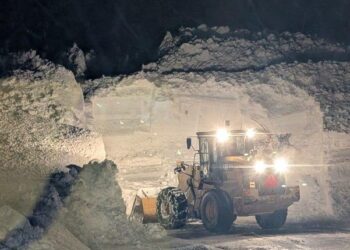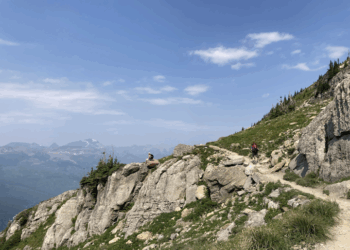“Town Crier” newsletter – Briefs from the Region (2) – 6/16/20
According to the New York Times, it’s been roughly 100 years since the completion of the St. Mary Canal, an “ambitious federal water projects that helped build the West was constructed to carry water from the mountains of Glacier National Park hundreds of miles east, irrigating an area twice the size of Maryland.” The waterway allowed for the region to flourish, agriculturally speaking, paving the way for the production of alfalfa, wheat and cattle farms. Without the irrigation, those arid lands of prairie grass and sagebrush would have proved practically unusable to farmers and ranchers. However, last month a concrete portion of the canal crumbled, cutting water from farms and towns in parts of Canada and much of the eastern part of the state, just as summer threatens the region with heat and regionally typical dryness. The collapse was a canary in a coalmine, and state officials are calling for a total overhaul to the tune of some $200 million. A 1922 contract has hands tied, as it stipulated that irrigators would pay for operation, maintenance and replacement costs in lieu of the federal government, an unrealistic ask of the area’s agricultural professionals. Proponents of the project say a failure to act could prove catastrophic for both agricultural and domestic needs within impacted communities as the summer progresses. “Many here are warning that farmers in the region could suffer the same fate as their homesteading predecessors,” writes The Times.















